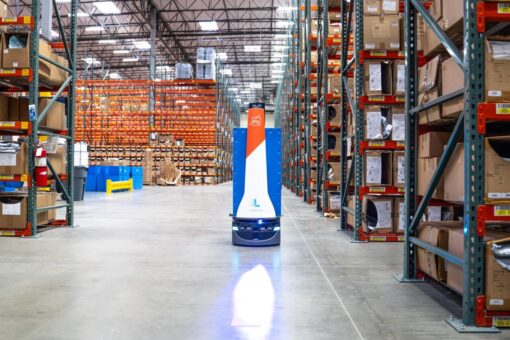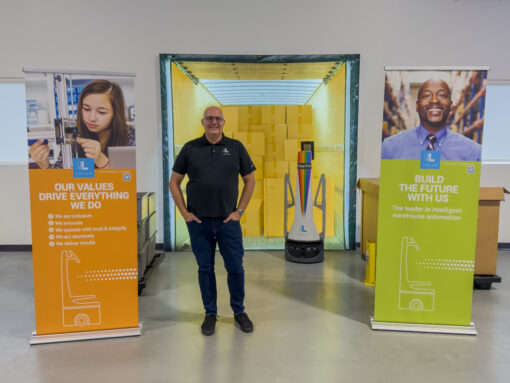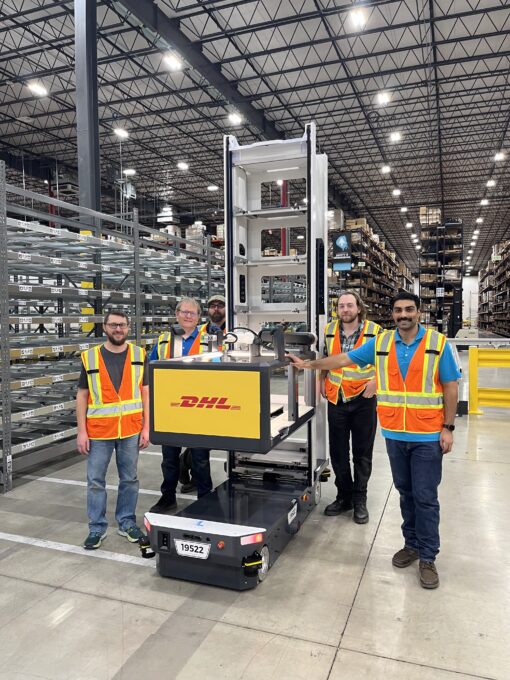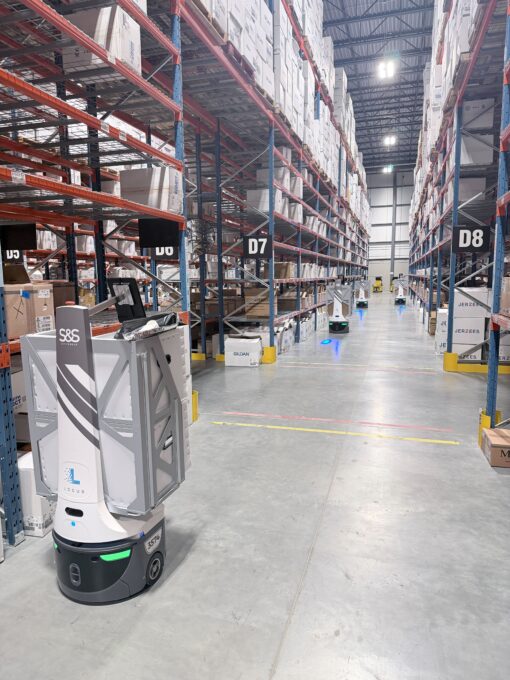WP: How to achieve 400 UPH with Locus Fast Pick
WP: How to achieve 400 UPH with Locus Fast Pick Download Now!
Scale Beauty Product Fulfillment Without Sacrificing Quality
Mary Hart, Sr. Content Marketing Manager
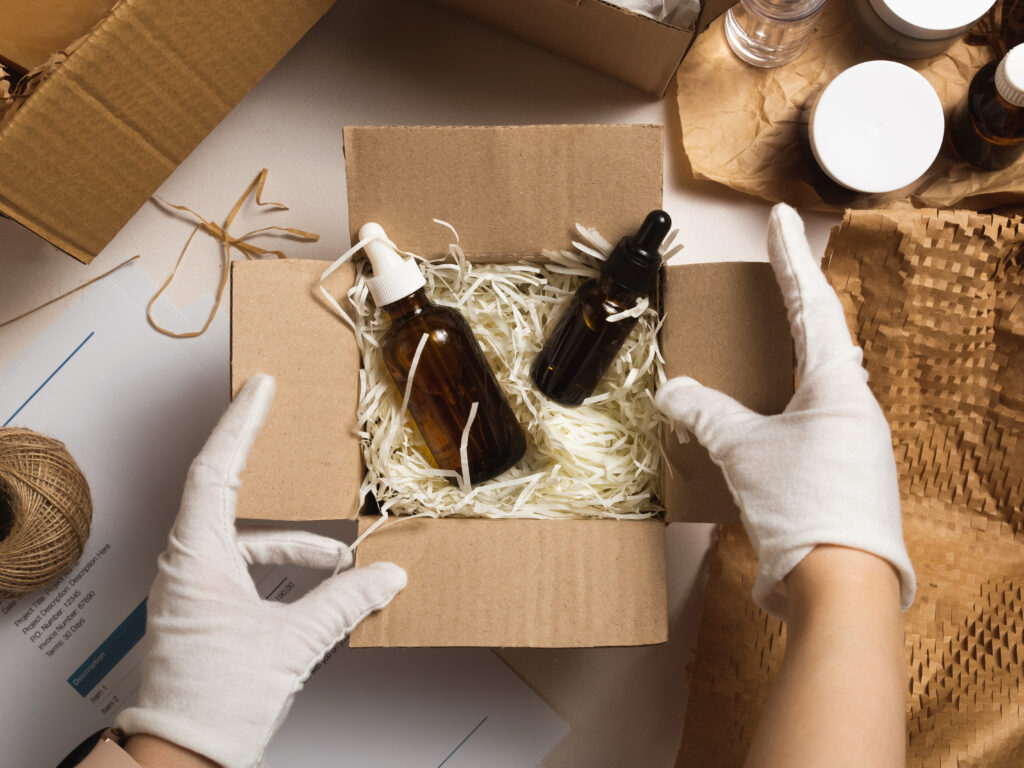
When it comes to beauty product fulfillment, the packaging may be glamorous but behind the scenes, the work is anything but simple. During my conversation with Austin Feagins of Staci Americas on the latest Warehouse Automation Matters podcast, we discussed the nuances of handling everything from fragile fragrance bottles to high-end skincare, and why a technology-first approach is quickly becoming non-negotiable for brands trying to scale without compromising quality or compliance.
Beauty Fulfillment Is a Different Process
“It's not like shipping paper towels,” Feagins told me early in the conversation, and he’s right. Cosmetic and personal care fulfillment involves a staggering SKU count, varied product sizes and materials, and customers who expect everything to arrive not just intact, but pristine. At the same time, beauty brands have to contend with hazmat regulations, packaging mandates, and state-by-state compliance requirements that are growing more complex by the day.
That’s where Staci Americas’ fulfillment strategy stands out: it zeroes in on moving the right products, the right way, with full traceability at every step.
Packout as a Compliance Touchpoint
Beauty products often come in delicate glass containers and luxury packaging and can have formulas that are considered hazardous under certain shipping classifications. So, it’s not enough to just slap on a label and seal the box. Feagins described their packout process as designed to reduce risk and ensure consistency, using SOPs customized per item down to the positioning of a product inside the box and the amount of dunnage used.
The process is backed by overhead cameras equipped with AI-driven visual inspection software and these systems watch and think. If a lipstick doesn’t match the expected shade or is missing its bubble wrap, the system flags it. Even more impressive? It analyzes packer behavior to recommend process improvements and has saved two seconds per box, which doesn’t sound like much until you’re shipping thousands of items a day.
Automated Traceability for Hazmat Products
With beauty products, hazmat labeling is a constant concern. Whether it’s an aerosol hair spray or a nail polish with flammable solvents, labeling mistakes can lead to shipment delays or, worse, fines. Feagins explained how Staci’s systems flag hazmat items in the WMS and prompt the packer with the right SOP, including label placement. If something is missing, the system halts the shipment before it ever reaches the dock.
Full Visibility from Receiving to the Truck
Beyond packout, traceability continues throughout the warehouse thanks to integrated robotics and scanning. With help from Locus Robotics, every pick is scanned and tied to a specific location and robot to create a digital breadcrumb trail to create a closed loop of accountability. “We know product A came from location one, was scanned by robot one, and delivered to pack station four,” Feagins said.
The technology doesn’t stop when the box is taped shut, as Staci uses inline scanning and weighing to double-check everything post-packout. If an expected one-pound box suddenly weighs two pounds, it’s flagged, opened, and inspected. That kind of precision is essential when shipping high-value beauty items, some worth thousands of dollars.
Drones for Inventory Counts
Feagins also gave us a look at how drones help with their nightly inventory counts. These autonomous fliers scan SKUs, verify storage compliance (especially for hazmat), and help avoid errors like aerosols being stored outside of fire-regulated zones. In the morning, inventory reports reflect what’s in the building and whether it’s where it’s supposed to be.
Why Visibility is Important
With rising customer expectations and increasing scrutiny from regulators, Feagins sees a near future where video documentation of packout and detailed packaging footprint tracking becomes standard. States are already beginning to require brands to report how much cardboard or plastic was used in shipments and where it came from.
In other words, the days of “good enough” fulfillment are over. Beauty brands now need partners who can combine automation, intelligence, and flexibility without sacrificing compliance.
As Feagins put it, “Find the right consultant, find the right logistics partner… even if you’re just starting out.”
To hear the full conversation and learn more about how technology is reshaping beauty fulfillment from the inside out, listen to the full episode of Warehouse Automation Matters with Austin Feagins of Staci Americas.

